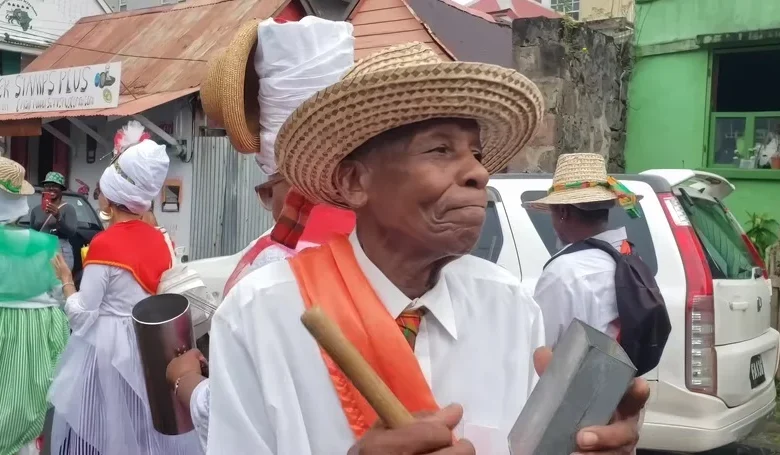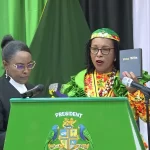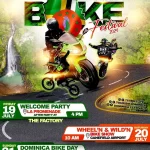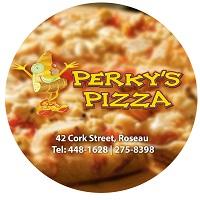Dominica’s Cultural Heritage

Dominica’s cultural heritage is a rich blend of influences from the Kalinago, French, British, and African traditions. The island’s history dates back to the indigenous people of Dominica, who named it Waitukubuli. This diverse heritage is evident in Dominica’s language, cuisine, music, and festivals. The Kwéyòl (Creole) language, rooted in French and African dialects, plays a significant role in everyday life, particularly during celebrations such as the World Creole Music Festival and Jounen Kwéyòl. These festivals showcase the island’s vibrant musical traditions, including Cadence-lypso and Bouyon.
Cultural Practices and Traditions
Dominica’s culture is also reflected in its traditional clothing, such as the Wob Dwiyet and Jupe, worn during celebrations such as Creole Heritage Month, Jounen Kwéyòl, and Independence Day. The outfit, made from bright fabrics like madras, symbolises the island’s Creole identity. In terms of cuisine, the island’s dishes are a fusion of Creole techniques, incorporating fresh tropical produce, seafood, and herbs with medicinal properties passed down from the Kalinago.
Dominica’s festivals, including Creole Day and Heritage Day celebrations during the island’s independence season, bring these cultural elements to life, reinforcing the country’s rich and unique identity. This strong sense of cultural pride and preservation has also led to protecting sites like the Kalinago Territory, ensuring that Dominica’s indigenous heritage remains integral to its identity.




